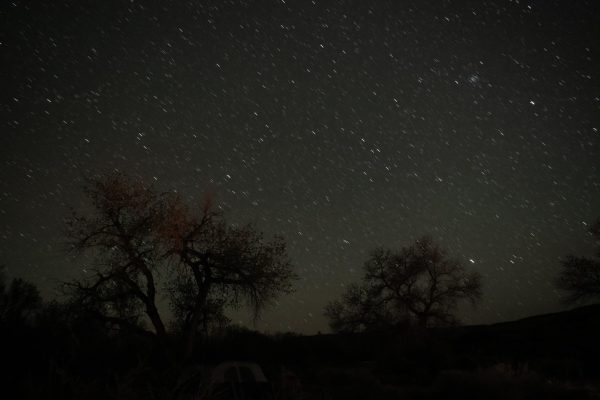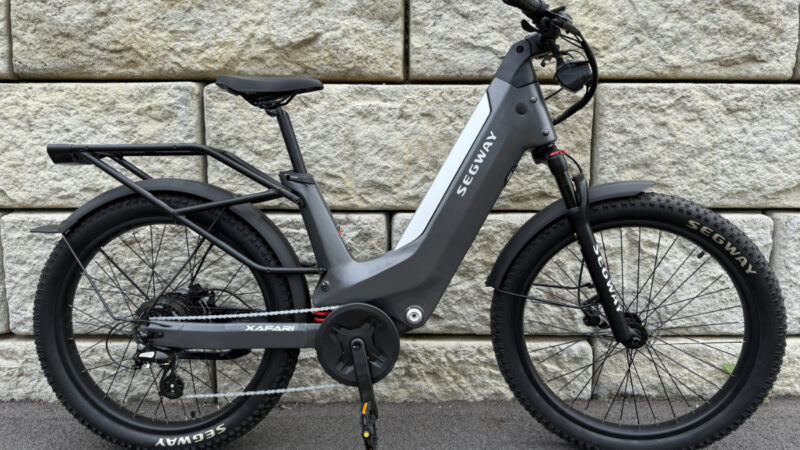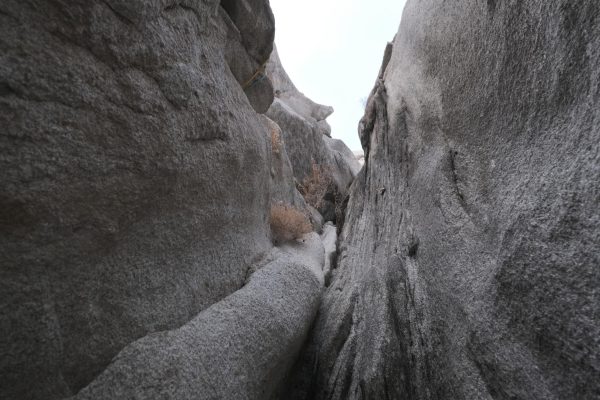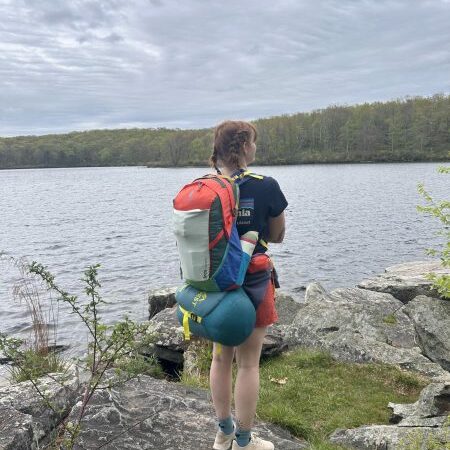What’s In Their Purse? An Introduction to Wilderness First Aid Kits
Air goes in and out, blood goes round and round, and if any of that changes, it’s an emergency. This is the introduction to several abbreviated first-aid lectures I’ve heard. What follows is something about how if the red stuff starts leaking out we put the fluffy stuff on it to keep it in, if the blood quits going round and round we do chest compressions, and if the air doesn’t go in and out, we help them breathe. It’s simple, really.
In reality, much of what is in most first aid kits, my own included, is more for comfort than survival. Consider the simple adhesive bandage (Band-Aid being one brand). One of the most commonly used items in a first aid kit, and consequently one item many first aid kits could use more of, they help keep wounds clean and protected.
If a minor cut were to become seriously infected, generally a hospital with IV antibiotics will be available before the patient expires. And although dark, the statement “all bleeding stops eventually” makes a very important point. Situations have a way of resolving themselves, one way or another. Realistically, some problems can’t be treated outside of a hospital setting. This is not an encouragement to leave bandages at home, but an invitation to consider what life-threatening situations we might encounter in our adventures, and what our response would be. Fortunately, most of the time there is something that can be done.
Hypothermia, severe bleeding, anaphylactic shock, and diabetic emergencies are life-threatening problems with relatively available treatments. Most people who are diabetic know how to manage the condition. It’s worth talking to them beforehand to know the treatment before they’re in a crisis and may not be able to talk you through it. Anaphylactic shock, caused by a severe allergic reaction, can be treated with diphenhydramine (Benadryl) and epinephrine, and hopefully they know how to handle the situation when definitive care is further away.
Being something of a hoarder, I have various first aid kits for different occasions. The smallest is a sort of ankle holster. In it, I carry hemostatic gauze (QuikKlot), a compressed gauze roll, a space blanket, a lighter, and a candle. While caving, I carry this kit into small squeezy passages where I don’t want to carry my pack but I do want to be able to deal with severe hemorrhage or hypothermia. A candle lit under a space blanket or, more ideally, a large, heavy-duty garbage bag (tear a hole for your face first, please) provides a surprising amount of heat, and has kept a number of cavers alive.
In my cave pack, I have a slightly larger first aid kit. Gloves, medications including glucose paste, and supplies for bandaging minor wounds are stored in a small dry bag. Depending on the expected duration of the trip, I may have a SteriPen or bleach. My bleach dropper bottle is stored either in a tiny Nalgene vial or a plastic baggie with a paper towel to absorb the inevitable leakage. Extra calories fuel the battle against hypothermia. Some people will cut a sheet of plastic from an empty bleach bottle, and wrap it around a water bottle, as a very compact splint. A roll of duct tape wrapped around a water bottle is practically a first aid kit by itself.
More of these items are also for comfort. I keep backups of my prescriptions with me, as well as over-the-counter painkillers, allergy medication, and antidiarrheal medications. Missing a dose or two of medication would not be fatal in my case, but as anyone who has been on SSRIs knows, withdrawals are heinous. And speaking of withdrawals, if your group includes someone who is nicotine dependent, some nicotine pouches or lozenges might make their day, and consequently the whole group’s day, much more pleasant.
On one caving trip, a glasses lens popped out of my frames and disappeared into the cobbles below. Miraculously, the lens was found, and the screw was still in the frame. A knife was repurposed as a screwdriver, and the repair made it out of the cave. Since that incident, I’ve started carrying some compact repair tools. Those who wear contacts should devise a solution as well.
At the cave entrance in my approach pack, I have even more first aid gear. I have tweezers, a small first aid manual, an irrigation syringe for cleaning wounds, steri strips, benzoin tincture, tegaderm to close and cover a wound, and triangular bandages. Triangular bandages make for good slings for an injured arm, wrist, elbow, or shoulder, and while not ideal, they can be used for wound dressing. I don’t carry them into caves because of the bulk, and alternatives can be improvised. Jackets especially make good slings. In the case of severe bleeding, while something clean is preferable, you apply pressure with what you have. Infections are problems for people who are still alive.
SAM splints, a layer of aluminum sandwiched between foam, are wonderfully versatile tools, and I usually have one or two in my pack. Ideally, a couple of people in the group have one, so resources can be pooled. Padding and stays from packs, poles, or local vegetation can make passable substitutes. Even something like a down jacket, tightly wrapped in webbing, tape, or roller gauze, becomes somewhat rigid and can help support and protect.
Back at my car, I have the Bad Day Box, the kit I take on boating trips or leave in the car, not something I want to carry very far. In there, I have a lot more tape and gauze. If a wound has to be taken care of for a long time, it’s going to go through a lot of dressing. I have more medications, including antacids and electrolytes, a compact Bag Valve Mask for providing rescue breaths, a traction splint, more SAM splints, naloxone, cavity repair and dental first aid kit, and burn ointment. The list goes on.
Embarrassingly enough, I realized recently that I’ve prepared for cardiac arrest, broken limbs, massive hemorrhage, and other horrific yet improbable situations. But many people experience a fairly heavy amount of bleeding for several days at a time about once a month, and I was very ill-equipped to handle this. I consulted several parties more familiar with this process. They recommended different sizes of tampons, long pads, and ibuprofen. Some sort of moist wipe can be nice, too. Tampons and pads are incredibly versatile, considering they are clean and expected to soak up blood.
At the end of the day, it doesn’t take much to build a first aid kit with enough to treat a treatable life-threatening emergency. Anything more than that is for comfort, but we like being comfortable. As always, training and experience are paramount.
The post What’s In Their Purse? An Introduction to Wilderness First Aid Kits appeared first on Wasatch Magazine.
Source: https://wasatchmag.com/whats-in-their-purse-an-introduction-to-wilderness-first-aid-kits/




